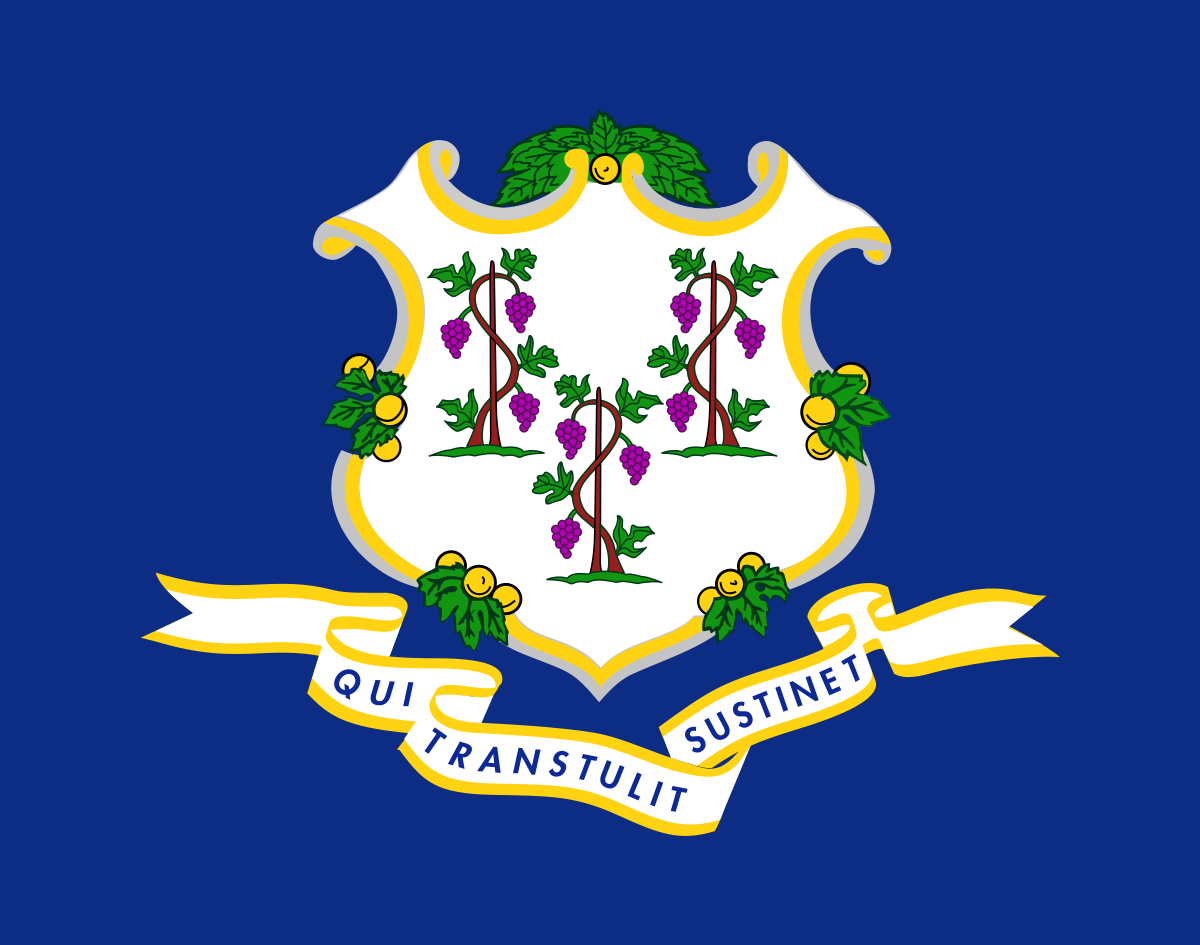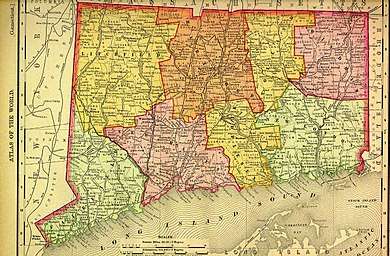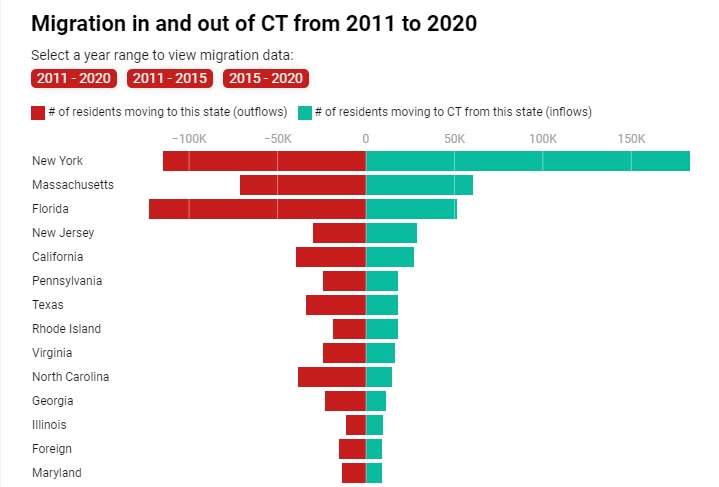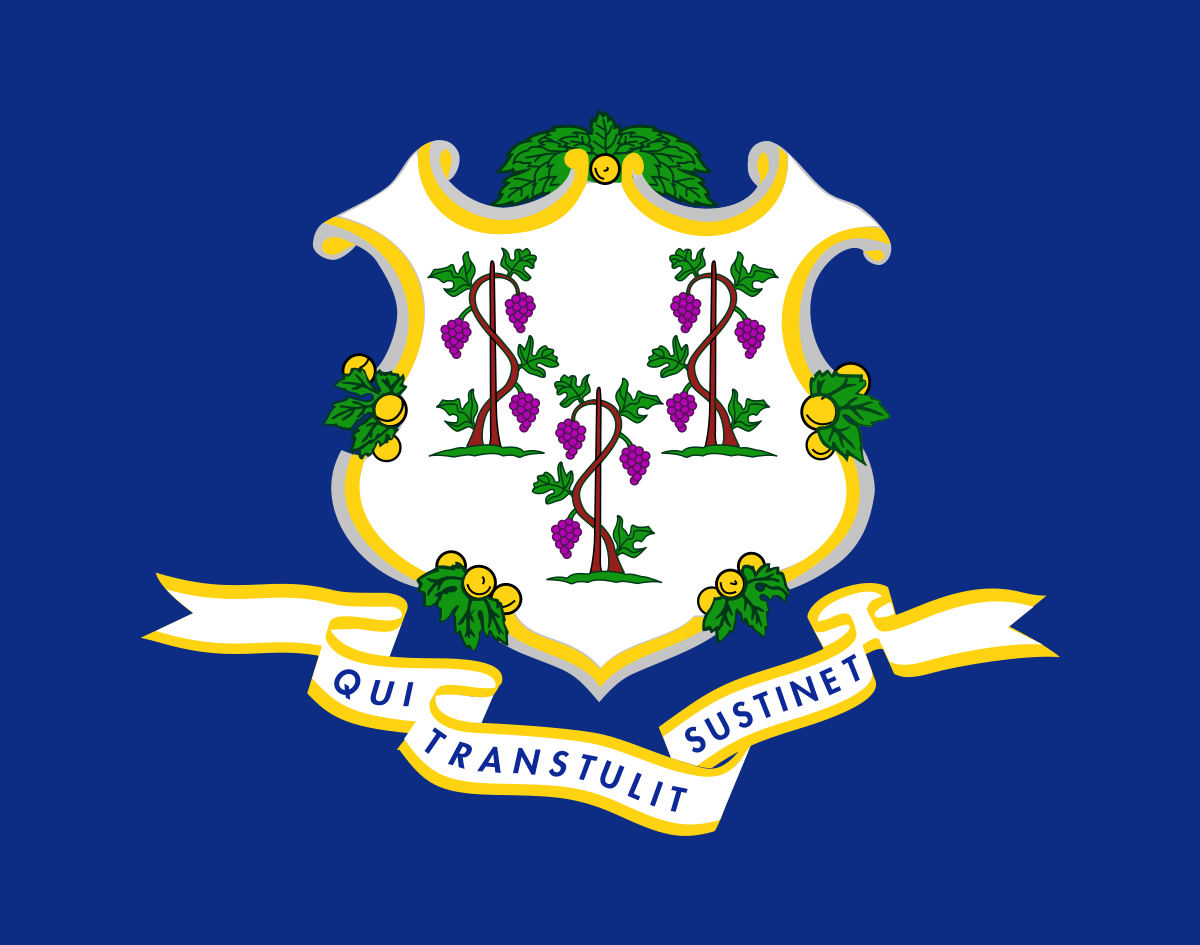Connecticut, a small state with a population of around 3.6 million, may not be the first place that comes to mind when considering off-grid living. However, despite its size, Connecticut offers both advantages and challenges for those seeking to live off the grid. While the state’s high property taxes and unfavorable climate make it less than ideal, options like rainwater harvesting and greenhouses for growing food provide opportunities for sustainable living. Additionally, Connecticut’s access to freshwater and relatively low crime rate make it a relatively safe choice. However, potential residents must contend with limited job opportunities, high taxes, and natural disasters like hurricanes and snowstorms. Ultimately, whether living off the grid in Connecticut is the right choice depends on personal preferences and circumstances.

Connecticut: A Small State with a Population of 3.6 Million
Connecticut, a small state located in the northeastern part of the United States, is home to approximately 3.6 million people. Despite its size, Connecticut packs a punch with its rich history, vibrant cities, and picturesque landscapes. Whether you’re a resident or considering moving to Connecticut, it’s important to understand various aspects of living in the state, including off-grid living, rainwater harvesting, population decline, climate, crop options, freshwater availability, wildlife, and road access.
Living off the Grid in Connecticut
Living off the grid in Connecticut may sound like an appealing idea for those seeking a more sustainable and self-sufficient lifestyle. However, there are several factors to consider before making this decision. One of the primary considerations is property taxes. Connecticut has some of the highest property taxes in the country, and this can significantly impact the cost of living off the grid.
Additionally, the climate in Connecticut may not be ideal for off-grid living. The state experiences cold winters and hot summers, which can make energy management and heating or cooling systems more challenging. It’s important to carefully assess the feasibility of off-grid living in Connecticut before making any commitments.

Rainwater Harvesting in Connecticut
Rainwater harvesting is a viable option for water sustainability in Connecticut. With proper infrastructure, homeowners can collect and store rainwater for various uses such as irrigation, flushing toilets, and washing clothes. However, it’s crucial to invest in a gravity-fed filter system to ensure the water is safe for consumption. This filter system will remove any impurities while maintaining a sufficient flow rate.
Reasons for the Population Decline in Connecticut
Connecticut has been facing a population decline in recent years. There are several reasons contributing to this trend, including high taxes and limited job opportunities. The state’s high property taxes and overall cost of living make it challenging for individuals and families to maintain a comfortable lifestyle. Additionally, Connecticut has struggled to attract and retain businesses, resulting in limited job opportunities.
Climate in Connecticut
Connecticut experiences a humid continental climate in the north and a humid subtropical climate in the south. This means that the state has varying weather conditions throughout the year. Winters in Connecticut can be cold and snowy, while summers tend to be hot and humid. It’s important to be prepared for these weather extremes when considering off-grid living in the state.
Crop Options in Connecticut
Connecticut’s climate and limited arable land present challenges for agricultural activities. While the state offers some crop options, such as corn, tobacco, and apples, the choices are relatively limited compared to other states. As a result, many residents turn to greenhouses for growing vegetables and fruits. Greenhouses provide a controlled environment that allows for year-round cultivation and protection from the harsh Connecticut climate.

Freshwater Availability in Connecticut
Connecticut is fortunate to have an abundance of freshwater resources. The state is known for its numerous rivers, lakes, and reservoirs, providing residents with access to clean and reliable water sources. However, it’s important to note that coastal areas in Connecticut may face potential saltwater contamination, especially during severe storms or rising sea levels. It’s crucial for off-grid living enthusiasts to take this into consideration when planning their water management strategies.
Wildlife in Connecticut
Connecticut is home to a diverse range of wildlife, although the population of larger mammals is relatively small. Residents may encounter smaller wildlife such as squirrels, chipmunks, and rabbits, along with predators like coyotes and foxes. Additionally, moose sightings have become more common in recent years. It’s essential to educate yourself about the local wildlife and take necessary precautions to coexist peacefully with these animals while living off the grid in Connecticut.

Road Access in Connecticut
Connecticut boasts a well-maintained road network, providing residents with easy access to various parts of the state. Most areas are well connected by highways, making commuting and transportation convenient. However, it’s important to consider the challenges that come with winter weather. Snowfall during the winter months can make road conditions slippery and dangerous, requiring extra caution and preparation for off-grid living in Connecticut.
Off-Grid Living in the United States
While we have focused on off-grid living in Connecticut, it’s also essential to understand the broader landscape of off-grid living in the United States. Living off the grid is legal in the United States, but it’s crucial to navigate local regulations and requirements. Each state and jurisdiction may have unique rules and guidelines regarding alternative energy sources, waste management, and water usage. Before embracing the off-grid lifestyle, it’s important to familiarize yourself with the specific regulations in your intended location.
In conclusion, Connecticut offers a range of possibilities for those considering off-grid living. However, it’s vital to thoroughly evaluate the feasibility of living off the grid in the state, taking into account factors such as high property taxes, climate considerations, and limited crop options. Despite these challenges, rainwater harvesting, freshwater availability, and road accessibility are advantages for those seeking a more sustainable and self-sufficient lifestyle. Ultimately, the decision to live off the grid is a personal one, and individuals should carefully weigh the pros and cons before embarking on this unique lifestyle.




